Changing Work, Changing Workers - Preview
Companies rethink the need to even have offices, or how to redesign places of work. The traditional work shift - 9-5, 5 days a week – is losing relevance. Many companies are adopting the remote work models, spawned by the pandemic, as their new normal. Does the nation need new policies of Guaranteed Basic Income, (UBI) or a drastic rethinking of the social safety nets?
Extras + Features
-

Youngstown, Ohio, and the American Dream
3m 23s
From 1977 to 1987, automation and outsourcing rapidly disrupted steel and manufacturing industries in places like Youngstown, Ohio. The result: mass unemployment, and an exodus of people going elsewhere for work. The effect wasn’t just economic; depression, alcoholism, drug use, and suicides rose in Youngstown, foreshadowing the consequences of technology and globalization everywhere.
-

Nomadic Workers and the American Dream
3m 53s
Chris Francis lost his white collar career in the 2008 recession, and has been piecing together a livelihood ever since. He’s part of a growing movement of nomadic workers, living in their RV’s, and travelling the country from job to job. Today, with retirement less of a guarantee, and younger Americans being the first generation to be worse off than their parents, the American dream is at risk.
-

Robotics in Medicine
4m 44s
15 years ago, Bryant Hospital in Lincoln, NE was one of several hospitals pioneering the use of ‘surgical cobots’. Now they are an accepted part of surgical practices across America. In this video, for example, Dr. Michael Jobst brings new levels of precision, control, and safety to his surgical procedures, by using multi-arm robotic surgery. But does this current generation of robots cost jobs?
-

Date Palms and Drones
3m 4s
When local growers in Yuma, AZ reached out to University of AZ Engineering and Business programs for help modernizing the date industry, inventors and entrepreneurs Madeline Melichar and Evan Westman took up the challenge. Forming a tech start up, they have designed a drone to dispense pollen to the hard-to-reach Medjool date trees. They hope to attract new work and higher paying jobs to the area.
-

Betting the Future on a New Business Model
3m 50s
When COVID forced his company to completely shut down, Robert LeBlanc initially felt defeated. But looking at Toyota’s production systems helped him re-invent his business. See how he applied a ‘one-piece flow’ production model to his restaurant and hotel, and how he sees this method as the key to the future success of his industry.
-

Domestic Workers in the U.S.
1m 53s
There are 2.5 million domestic workers in America, and by 2030 that number is expected to double. Many are immigrants, and people of color, often underpaid, with little or no job security. But they do the work that makes all other work possible, and it’s work that’s not going anywhere. For many who lose their employment to automation and outsourcing, domestic work may be a viable option.
-
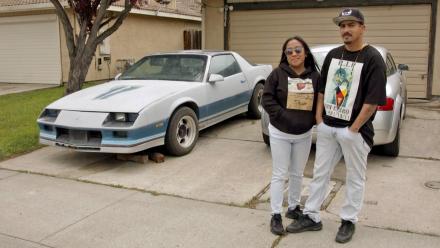
Universal Basic Income: A Controversial Experiment
4m 2s
In 2019, Stockton, CA mayor Michael Tubbs launched an innovative experiment, giving some residents in low income neighborhoods $500/month, no strings attached. Among others, it helped Tomas Vargas Jr. and his family to avoid homelessness. While controversial, many tech titans see this kind of Universal Basic Income as a response to looming job loss, providing a cushion for people to try new ideas.
-
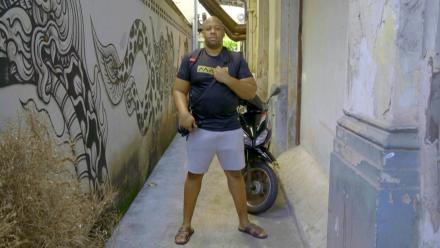
Digital Nomads: The Changing World of Work
4m 37s
Before the pandemic, close to 8 million Americans were already using technology to work remotely. Many are entrepreneurial millennials piecing together freelance gigs anywhere in the world, as long as there’s wifi. These digital nomads, like Erick Prince and Mike Holp, enjoy having the freedom to set their own hours and locations, and are leading the conversation about the changing world of work.
-
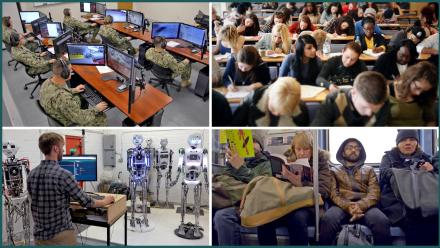
The Shifting Landscape of Work
1m 37s
Scientist and Entrepreneur Vivienne Ming explores the question, what is the future of work that people are hoping for? As Global Workforce Strategist Ravin Jesuthasan explains, The landscape of work has shifted from ‘I learn, I do, I retire,’ to ‘I learn, I do, I learn, I do,’ ad infinitum. There are no guarantees anymore. So, what does it take to stay relevant in this world of work?
Schedule
PBS PASSPORT
Stream tens of thousands of hours of your PBS and local favorites with WETA+ and PBS Passport whenever and wherever you want. Catch up on a single episode or binge-watch full seasons before they air on TV.
Similar Shows

Prideland
Culture
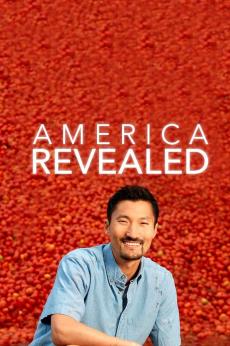
America Revealed
Culture
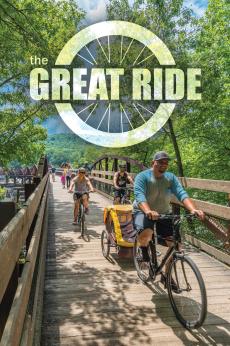
The Great Ride
Culture
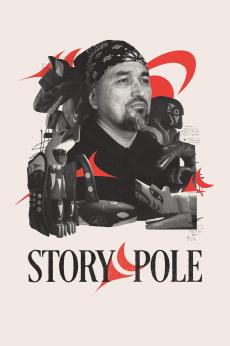
Story Pole
Culture

PBS Remixed
Culture
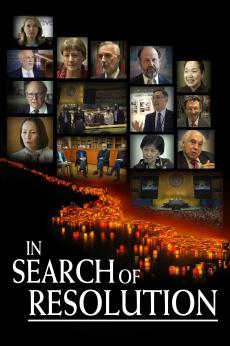
In Search of Resolution
Culture

Weekend in Havana
Culture
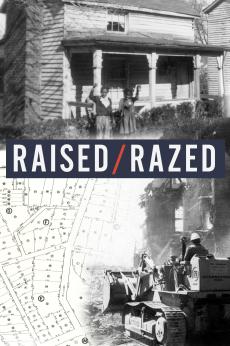
Raised/Razed
Culture
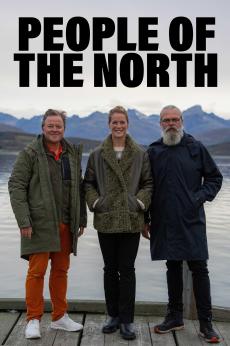
People of the North
Culture

After Action
Culture